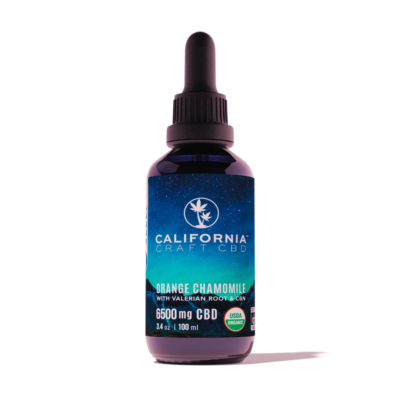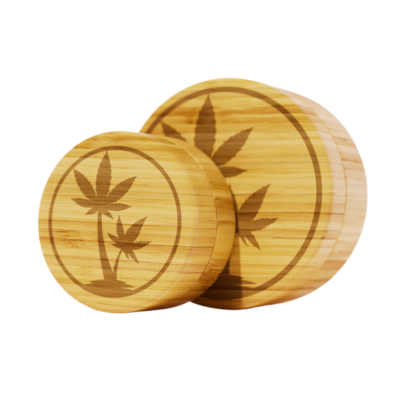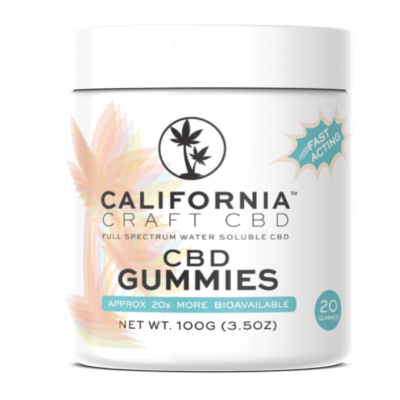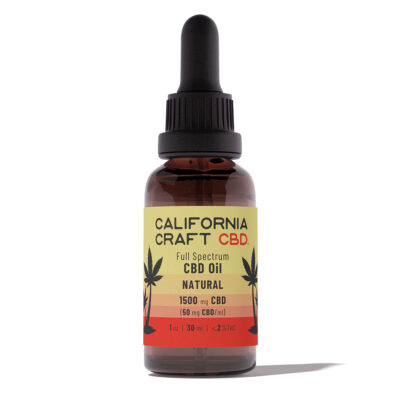We mentioned last week how CBD has become a larger topic of public conversation over the last few years. It has recently been reported by the Hemp Business Journal that 86% of the consumer population in the US has heard of CBD, and at least 60% of Americans believe that CBD has valid medical uses. This is a very different attitude than even 18 months ago.
Why now?
In the past, Hemp or Cannabis Sativa L (with THC contents greater than 0.3%) was classified as marihuana and therefore classified as a Schedule I controlled substance. Cultivation was strictly controlled by the DEA, and only those legally registered under the Controlled Substances Act were allowed to grow hemp. Cultivation was mainly done for purposes of government research and academic study.
In 2018, this changed with the release of the 2018 Farm Bill (also known as the Agriculture Improvement Act of 2018). The bill stated that Hemp would no longer be classified as a Schedule I controlled substance regardless of THC content. It also moved the oversight of Hemp cultivation in the US from the DEA to the more benign USDA. The USDA developed a national regulatory framework for guidance that allowed states and Indian Tribes to develop their own plans for legal hemp cultivation and processing.
What is the plan?
All hemp producers must follow specific guidelines. Cultivation and processing licensing requirements, maintenance of cultivation land records, and procedures for THC testing and for the disposal of non-compliant crops are among the most important. But the main issue is making sure that the THC content is low enough to keep the hemp crop from being classified as non-compliant.
All hemp farmers were required to test samples of their crops at a DEA-approved laboratory 15 days before harvest. While the DEA-approved lab requirement was dropped in March 2020, the THC testing requirement remains firmly in place.
What are the benefits?
The new regulations mean that CBD is finally taking its place in the consumer market as a properly regulated product. It is being recognized by both consumers and regulatory authorities as being non-psychotropic and distinctly separate from marijuana, as well as having benefits for both the end user and the economy as a whole. An increasingly regulated environment will also clear the way for brands who focus on quality and end-user satisfaction to take the lead in the CBD market.
What about the drawbacks?
Unfortunately, there is still a great deal of confusion surrounding the regulations for the growing and processing of hemp. There are a variety of contradictory local laws and regulations that vary from state to state, and even from county to county within individual states. This makes it a frustrating time for hemp farmers and CBD producers, but we remain optimistic.
Great progress has been made over the last two years, but it is clear that there is still much work to be done. Great change takes time, patience and persistence, but we know that if we work together both locally and nationally, we will find our way. For now, we look forward towards a greater and brighter future.




